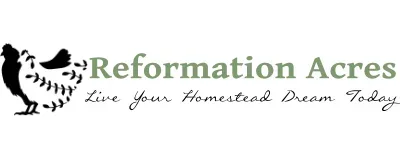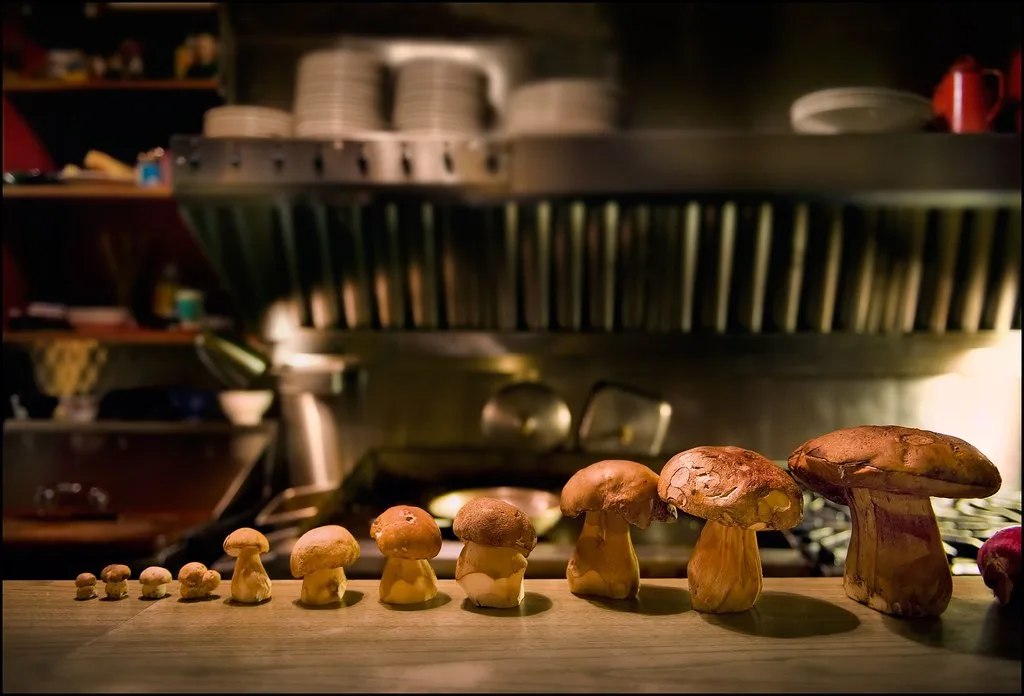Growing Mushrooms For Beginners: A Step By Step Process

Growing mushrooms is a fun practice that has become extremely popular in recent years.
Yet, if you’ve never done this before, you might be overwhelmed by all the possibilities. There are many different kinds of mushrooms available for growing. There are also tons of ways to grow each mushroom type.
In this article, some tips are offered for people are who are just beginning the mushroom growing process. Towards the end of the article, the benefits of growing mushrooms are discussed as well as some final thoughts about these fungi.
3 Tips for Growing Mushrooms
In this section, three tips for growing these fungi are examined in greater detail.
1. Acquire All the Supplies Before Beginning

Before you begin, you want to acquire all the supplies you will be using. This makes your work more efficient, as you won’t have to pause to run out to the store.
Some supplies may have to be purchased online such as your spawn. If this is the case, then you should wait for everything to arrive before beginning.
When acquiring the supplies, many people like to make a list. While using a pen or pencil and a piece of paper is always effective, many people prefer using a notetaking application on their phone. If you store information in the cloud, you can access your notes on other devices like a laptop, tablet, or smartwatch.
The main supply you will need is the spawn. These can be purchased from a mushroom cultivation supplier. Many online suppliers exist. Mushroom People is a popular option that many growers trust. Exploring local spawns is also ideal and can result in prolific harvests.
You will also need a substrate on which to grow the mushroom as well as supplies to treat the substrate before use. This might include a pot of water and a thermometer if you plan on pasteurizing the substrate.
Many people also like to lay the substrate on a clean tarp to cool after it has been pasteurized. Some kind of light covering might be ideal to cover the substrate as it cools.
Alternatively, you might consider purchasing a mushroom kit, which contains a spawn that has already colonized a substrate. As long as you keep this kit moist and humid, then it will produce several flushes of mushrooms.
You can also mix the kit with dry organic matter like sawdust pellets, straw, garden debris, or even coffee grounds. These can be sourced from gardening stores, bought online, or acquired from your own household.
2. Enlist Help When Growing Mushrooms

If this is your first time growing these fungi, then the help of others can be valuable.
This might be as simple as someone watching you complete each step of the process. The presence of another can focus your energy and make you more detail-oriented, especially if they have grown mushrooms in the past. If you are unfocused and ignore details, you might make an error that prevents your mycelium from fruiting.
Cleanliness is also vital throughout the process, as the substrate must be properly treated in order for the inoculation to be successful. There are a number of methods for treating the substrate, including pasteurization, sterilization, a lime bath, and cold fermentation.
If you are planning on growing mushrooms on a large scale, then the help of others would be critical. Once you master how to engender the right environment for mushrooms to fruit, you might be overwhelmed by all the work that needs to be done in harvesting the mushrooms, composting them, and preparing them for additional flushes.
If you want to sell your mushrooms, you will certainly need some valuable workers. Workers will allow you to appropriate tasks based on skill. For example, you might have one person focus on pasteurization while you might have another focus on collecting straw. Or, one worker might be focused on harvesting the mushrooms while another would be focused on drying some of them for preservation.
The more workers you have, the larger you can expand your business. In the same vein, if you have a smaller operation, keeping a few workers might be ideal, especially if you want to control much of the work.
You might even consider doing all the work yourself but having someone around for company. Growing mushrooms without a kit can include a number of tedious yet necessary tasks, making hiring someone to help with the work a preferred option by many. If you do use a kit, you likely won’t need help, as not much maintenance is really needed.
3. Experiment with Logs When Growing Mushrooms

While growing indoors can be effective and convenient, many mushroom enthusiasts prefer growing on logs outside to optimize their harvest.
Many experts claim that logs provide a more natural condition for mushrooms to fruit, leading to a tastier, more robust mushroom fruiting. This is especially the case for shiitake mushrooms.
To grow mushrooms on logs, you make 1-inch deep holes all over the log, about 5 inches apart from each other. Then, you put plugs of spawn in these holes. Many people cap the hole with some kind of wax to prevent contamination.
This method takes much longer than using a kit. When it comes to shiitakes, at least one summer must pass before the logs will start to fruit. Yet, you can really optimize your harvest by inoculating many different logs and stacking them somewhere.
To induce fruiting, many people recommend submerging the logs completely in cool water. After this, the logs will begin to fruit in 2-4 days. If the logs are soaked by rain, this can also induce fruiting.
This method is ideal because there are many types of wood-loving mushrooms that are attractive to grow. This includes lion’s mane, hen-of-the-woods, and oyster mushrooms.
The Benefits of Growing Mushrooms

One of the main benefits of growing these fungi is increased self-sufficiency when it comes to your food supply. Instead of relying on others to make your food, you can take matters into your own hands and grow them on your own property. If mushrooms become a significant part of your diet, your growing could save you lots of money. If you have a strict food budget, then growing these fungi would be especially ideal.
Mushrooms are also high in a number of important vitamins and minerals as well as protein. They are an especially good source of Vitamin D, making them an integral part of your diet if you don’t get much sun exposure.
Mushrooms from the store are usually several days old and can be exposed to extreme conditions that influence their texture and taste. Mushrooms grown from home, on the other hand, can be eaten the moment they are harvested. This optimizes their taste and texture, which makes them more digestible.
Even mushrooms at the farmers market are not as fresh or ideal as homegrown mushrooms. By growing your own, you can control the conditions and the varieties that you grow. When shopping at the store or market, you are at the mercy of other growers’ choices.
If you master this process on a small scale, it’s relatively easy to increase the scale of your operation. Growing on logs is one way to do this, though this requires patience. Eventually, however, a properly inoculated batch of logs can yield an abundance of mushrooms.
Many people start off producing mushrooms on a small scale before selling them at the local farmers market. These fungi can even be dried and then sold. Alternatively, some people like to make extracts, tinctures, and powders to be used as medicine. Lion’s mane is one popular mushroom that this is done with.
Final Thoughts on Growing Mushrooms

Growing these fungi can be an easy way to optimize your food source and save money.
Yet, if you’ve never grown mushrooms before, this process can seem quite daunting.
Following the three tips offered in this article will help you throughout the growing process. Also, knowing the various benefits of growing these fungi is crucial, as this information might change what mushrooms you grow.
For example, if you are interested in using mushrooms for their medicinal benefits, then you might consider growing lion’s mane mushrooms or reishi mushooms. Alternatively, if you only want to eat mushrooms to obtain vitamin D, you might consider growing tasty, easy-to-grow mushrooms like oysters.
At the end of the day, mushrooms are one of the most fascinating organisms on the planet. Growing these fungi can be a way to study them or even marvel at their beauty. Not every mushroom has to be eaten or sold. Instead, their presence can be simply appreciated before they are composted and returned to the earth.



